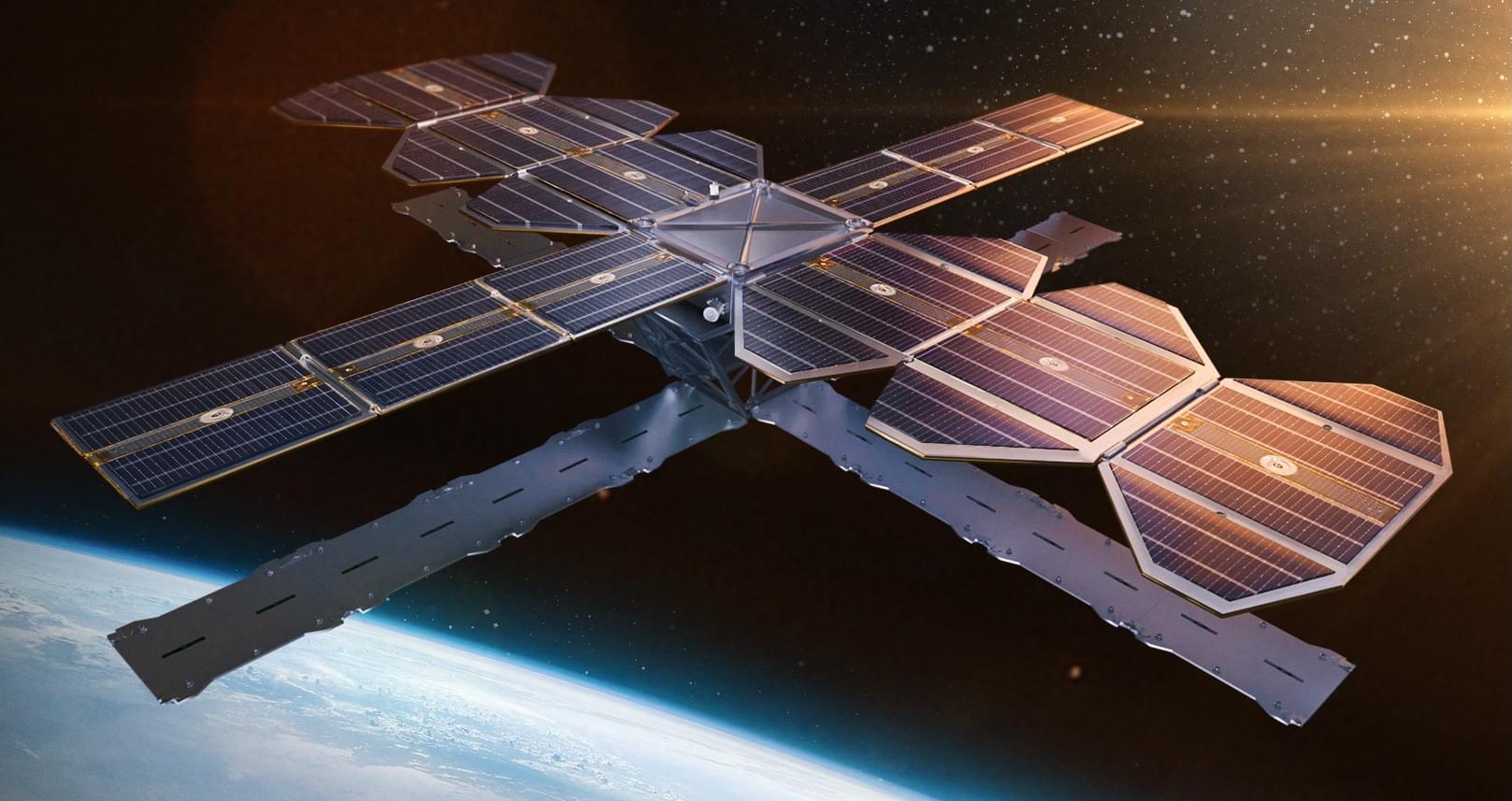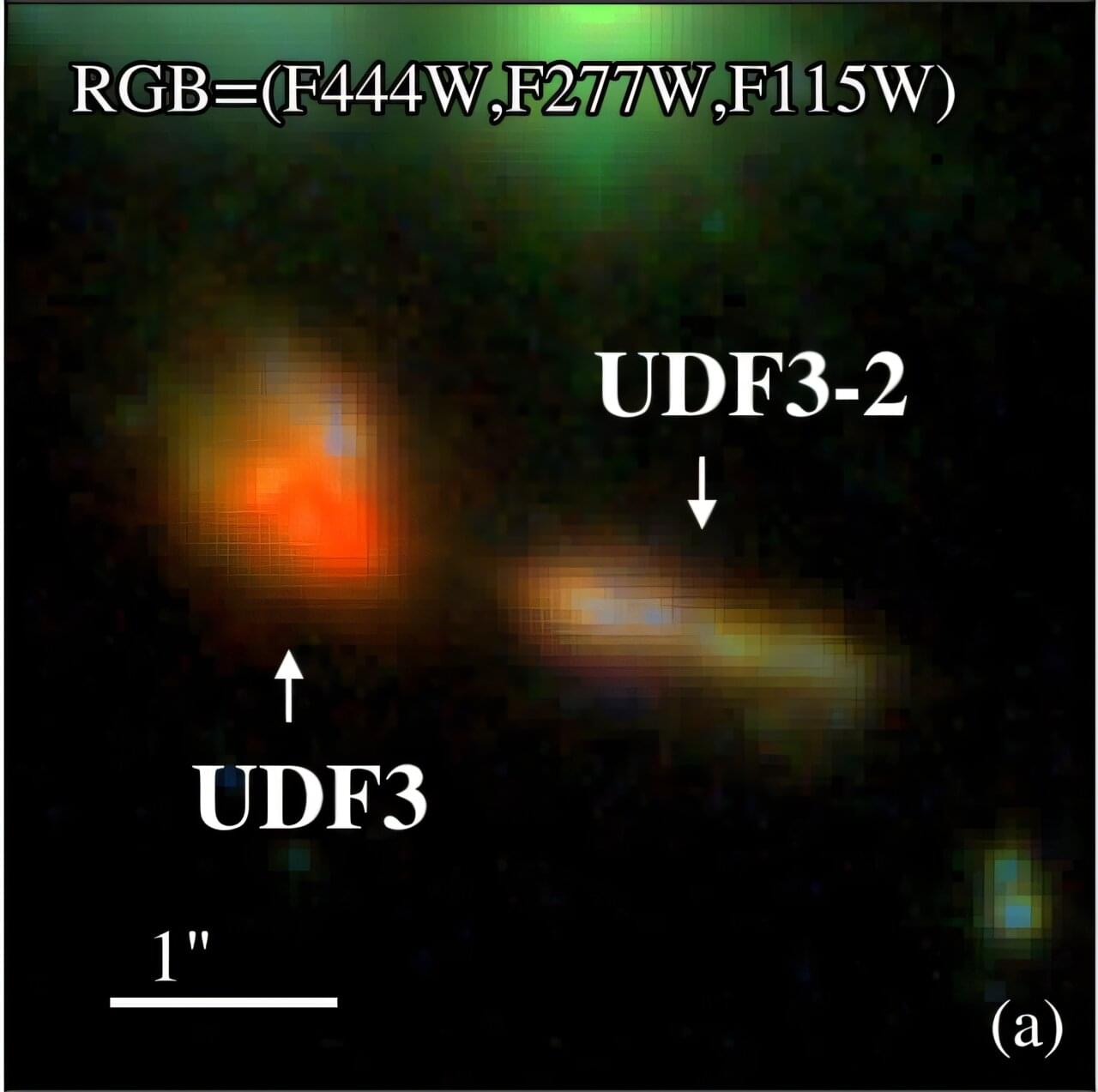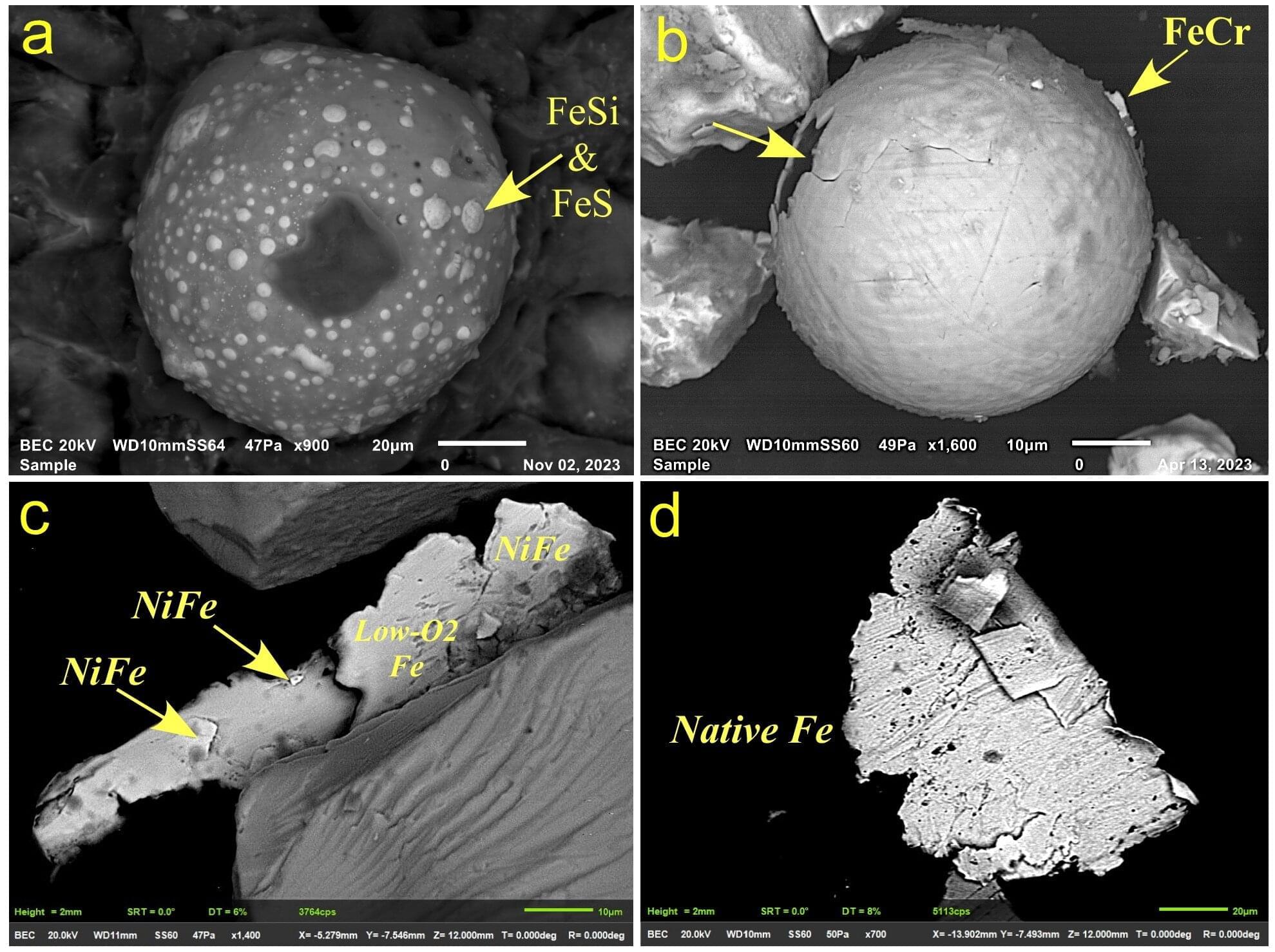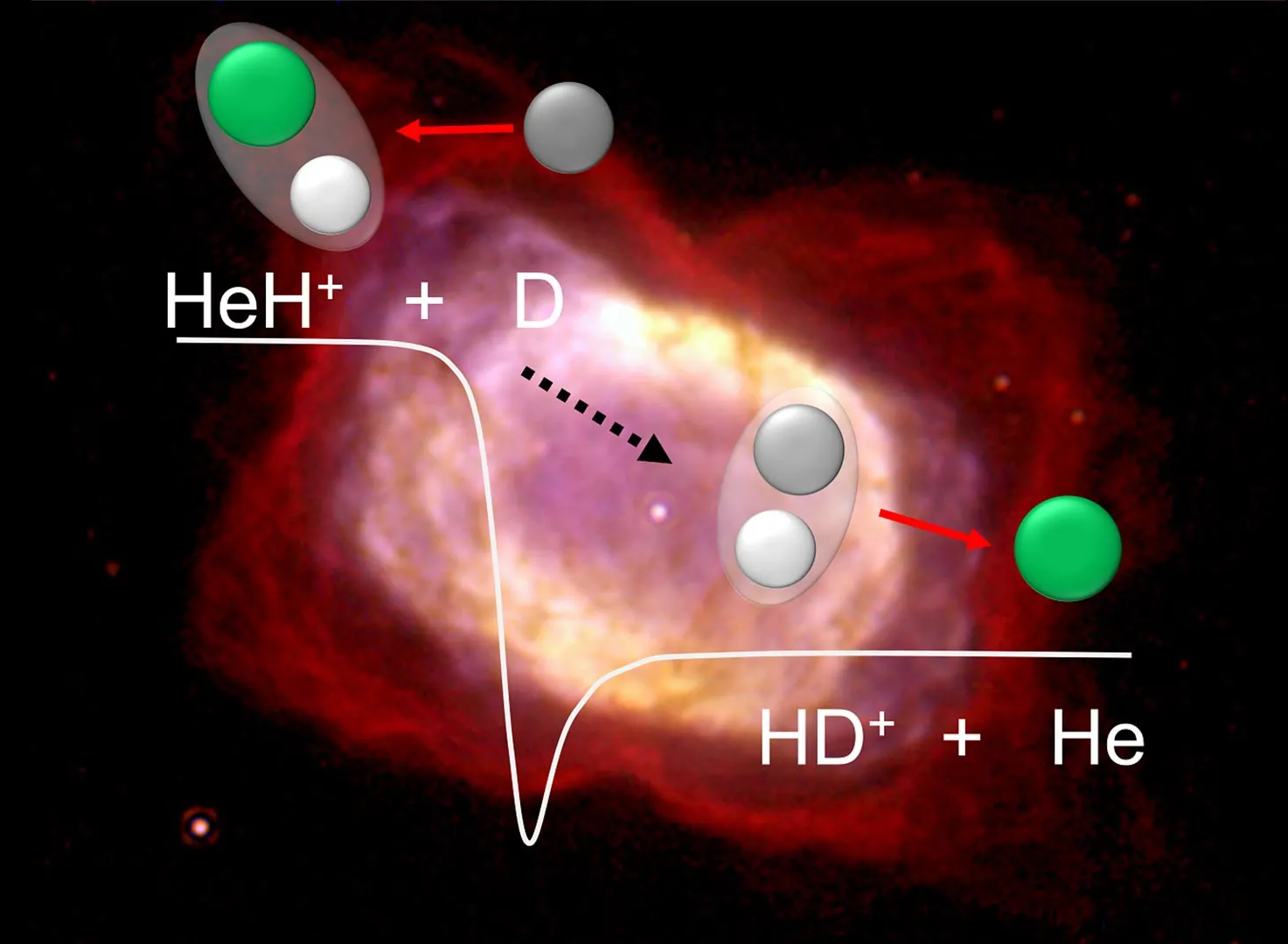Space-based Bluetooth connectivity startup Hubble Network has become the anchor customer for Muon Space’s MuSat XL satellite platform, the smallsat maker’s largest yet at 500 kilograms.



By conducting multiwavelength observations with various telescopes and space observatories, astronomers from Tsinghua University and Steward Observatory have detected a galaxy pair exhibiting significant X-ray emission. The finding was reported in a research paper published July 31 on the pre-print server arXiv.
The Great Observatories Origins Deep Survey (GOODS) is a deep-sky survey conducted by multiple observatories to study the formation and evolution of galaxies. It combines multiwavelength data from space observatories like the Hubble Space Telescope (HST), Chandra X-ray Observatory, Spitzer spacecraft, XMM-Newton satellite, and the largest ground-based facilities, such as the Very Large Telescope (VLT), Keck telescopes, Gemini Observatory or the Very Large Array (VLA).
Recently, a team of astronomers led by Tsinghua University’s Sijia Cai conducted a search for Chandra X-ray detected star-forming galaxies in the Southern field of the GOODS survey (GOODS-S). For this purpose, they combined observations from VLA and the Atacama Large Millimeter/submillimeter Array (ALMA), spectroscopic data from the James Webb Space Telescope (JWST) and VLT, as well as photometry from HST and JWST.

Analysis of ocean sediments has surfaced geochemical clues in line with the possibility that an encounter with a disintegrating comet 12,800 years ago in the Northern Hemisphere triggered rapid cooling of Earth’s air and ocean. Christopher Moore of the University of South Carolina, U.S., and colleagues present these findings in the journal PLOS One on August 6, 2025.
During the abrupt cool-off—the Younger Dryas event—temperatures dropped about 10 degrees Celsius in a year or less, with cooler temperatures lasting about 1,200 years. Many researchers believe that no comet was involved, and that glacial meltwater caused freshening of the Atlantic Ocean, significantly weakening currents that transport warm, tropical water northward.
In contrast, the Younger Dryas Impact Hypothesis posits that Earth passed through debris from a disintegrating comet, with numerous impacts and shockwaves destabilizing ice sheets and causing massive meltwater flooding that shut down key ocean currents.

Researchers at UC Santa Barbara, The University of Texas at Austin, Yale University and National Taiwan Normal University have found that a fair number of sun-like stars emerge with their rotational axis tilted with respect to their protoplanetary disks, the clouds of gas and dust from which solar systems are born.
“All young stars have these disks, but we’ve known little about their orientations with respect to the spin axis of the host stars,” said UCSB associate physics professor Brendan Bowler, who studies how planets form and evolve through their orbits and atmospheres, and is senior author of a study in the journal Nature. Based on the general alignment of our own sun’s rotational axis with those of the planets in our solar system, the assumption was that stars and their planet-forming disks emerge and rotate in or very close to alignment, he explained.
“This work challenges these centuries-old assumptions,” Bowler said.

The Moon’s surface is constantly exposed to the solar wind, a stream of charged particles emitted by the Sun. These energetic ions can dislodge atoms from the Moon’s outermost rocky layer, contributing to the formation of a very sparse layer of gas around the Moon known as the exosphere. However, the exact mechanism behind the creation of this exosphere has remained unclear.
Researchers at TU Wien, working with international collaborators, have now shown that a major contributing process, sputtering caused by the solar wind, has been greatly overestimated in earlier studies. This discrepancy stems from previous models overlooking the Moon’s actual surface texture, which is rough and porous.
For the first time, the team used original Apollo 16 samples in high-precision laboratory experiments, along with advanced 3D modeling, to calculate more accurate sputtering rates. Their findings are published in Communications Earth & Environment.




Astronomers from Wuhan University in China have employed the Insight-HXMT satellite to observe a giant outburst that occurred in the X-ray binary RX J0440.9+4431 about three years ago. Results of the observations, presented July 24 on the pre-print server arXiv, provide a wealth of data regarding the properties and behavior of this system.

Long before stars lit up the sky, the universe was a hot, dense place where simple chemistry quietly set the stage for everything to come. Scientists have now recreated the first molecule ever to form, helium hydride, and discovered it played a much bigger role in the birth of stars than we thought. Using a special ultra-cold lab setup, they mimicked conditions from over 13 billion years ago and found that this ancient molecule helped cool the universe just enough for stars to ignite. Their findings could rewrite part of the story about how the cosmos evolved from darkness to light.